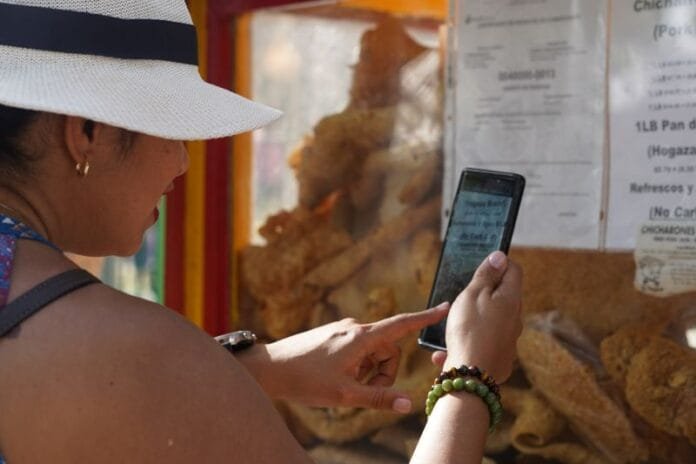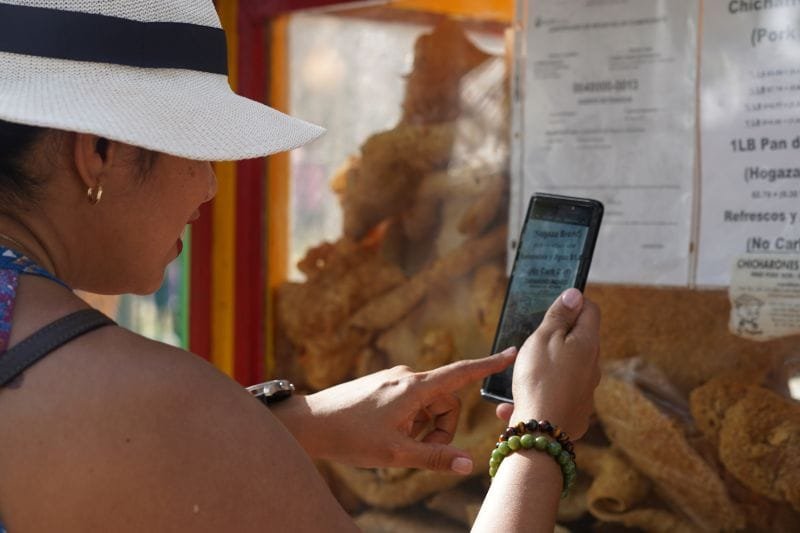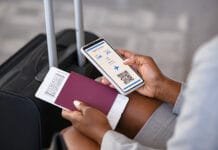Traveling to new destinations while sharing food discoveries is one of the greatest pleasures for food and travel content creators. That’s because this way of life allows you to add an extra spice to your journey. At the same time, it enables you to share your experiences by creating food and travel content.
You can earn some money from your blog and social media platforms. To achieve this, you must leverage technology solutions to create content with greater efficiency and quality.
These tech solutions will enable you to stay connected, capture stunning photos, create engaging videos, and more. If you are a food and travel content creator, below are some tech tips you can consider using to make your creator journey seamless and more efficient than ever before.
Evaluating eSIM vs physical SIM vs public WiFi for safety & speed
Staying connected is something non-negotiable for food and travel bloggers. You generally have three main options: the eSIM, physical SIM, and public WiFi. But how do you determine which tech solution is the best for connectivity?
There are two main factors to consider: safety and speed. Below, we’ll look at the safety and speed of each method of connectivity:
eSIM
eSIM is one of the best connectivity solutions that food and travel bloggers can consider. Embedded in devices, it makes it less vulnerable to theft, cloning, or tampering than removable SIM cards.
When it comes to connectivity speed, eSIMs rely on local networks to deliver speeds comparable to those of local physical SIM cards. The high eSIM connectivity speed is more reliable than public WiFi in most travel scenarios. So, if you’re planning to travel to countries like the USA, an eSIM Holafly data plan in the USA can ensure you enjoy safe and fast connectivity. This connectivity can make your blogging experience better than ever.
Physical SIM
When you arrive at a new travel destination, you can choose the traditional option of swapping your home SIM card with a local physical SIM at the airport. However, this type of SIM comes with the risk of theft, loss, or cloning if your device is compromised, which can lead to fraud and identity theft.
In this aspect, the eSIM is the best option as it does not carry this same risk. When it comes to speed, physical SIMs, like eSIMs, utilize local networks, allowing for fast speeds.
Public WiFi
Public WiFi can be very tempting to use as it’s free. However, in most cases, its connection in places like airports, cafes, and hotels is unencrypted. These factors make it vulnerable to hackers, and you may encounter packet sniffing, man-in-the-middle attacks, and rogue hotspot risks.
And when it comes to speed, public WiFi is inconsistent. If there are crowds, the WiFi may be extremely slow and unreliable. All in all, eSIM is the best connectivity option to consider for your food and travel blogging activities.
Streamlining your content workflow: shooting, editing, uploading from abroad
As a food and travel content creator, you may have to create and share content in unpredictable environments. It can be in crowded markets, dimly lit restaurants, or noisy dining areas. Therefore, you need a streamlined content workflow to ensure that you effortlessly capture moments, edit dinner scenes, and share your culinary adventure worldwide.
Some tips for streamlining your content flow include the following:
- Pre-set your smartphone or camera settings to capture high-quality images quickly. This can ensure you don’t waste time adjusting camera settings on the spot.
- Organize your footage daily using cloud backup or a portable SSD to prevent loss.
- Use lightweight apps, such as Lightroom Mobile or VSCO, to polish photos on your phone. For videos, use apps such as InShot or Adobe Premiere Rush to trim, color correct, and add subtitles on the go.
- Use your eSIM to upload your photos and videos from anywhere.
Using maps, GPS & food review apps reliably when traveling across borders
As a food and travel creator, you need to set up your maps, GPS, and food review apps in a way that works across borders. The best way to do that is to use your eSIM to download offline maps before your trip.
Map sites such as Google Maps and Maps.me allow you to download and store offline maps of the city or country of your destination. So, you can easily find the best dining areas when traveling in a new environment.
Also, use smart GPS apps and devices. These tools can provide you with real-time updates and optimized routes when crossing between countries. The best part? They are incredibly accurate, even when you change borders, street names, or regions.
When it comes to food review apps, use your eSIM to access apps like Yelp or TripAdvisor. These apps are great for discovering hidden gems and checking reviews.
How connectivity impacts live social media posting (Instagram stories, TikTok)
As a content creator, you need to pay attention to your connectivity. That’s because connectivity plays a crucial role in live social media posting on platforms like Instagram Stories and TikTok. It can affect the following:
- Video quality and stability. A poor connection can cause buffering, pixelation, or dropped streams. This can frustrate viewers and reduce engagement.
- Real-time interaction. An unstable connection can cause lag or delays, which disrupt the host-audience conversation. This lowers satisfaction and interactivity.
All in all, you should always have a stable and strong connection while live streaming. It can ensure that your content is compelling, uninterrupted, and professional.
Backup plans: offline tools & when to rely on them
Unstable internet, device failures, or device loss are some of the things that you can encounter as a food and travel blogger. Therefore, you must prepare beforehand by having backup plans.
These backup plans can include:
- Downloading offline writing and journaling apps, such as Daylio or Polarsteps.
- Downloading offline maps
- Organizing content storage by using portable SSDs or encrypted USB drives to enable quick restores in case of device failures.
Conclusion
The right technologies can enhance your food and travel blogging experience. They can ensure that you share authentic and timely content. At the same time, you’ll get to navigate your travel destinations easily. As you can observe from above, the best technology to consider for safe and fast connectivity is the eSIM.










